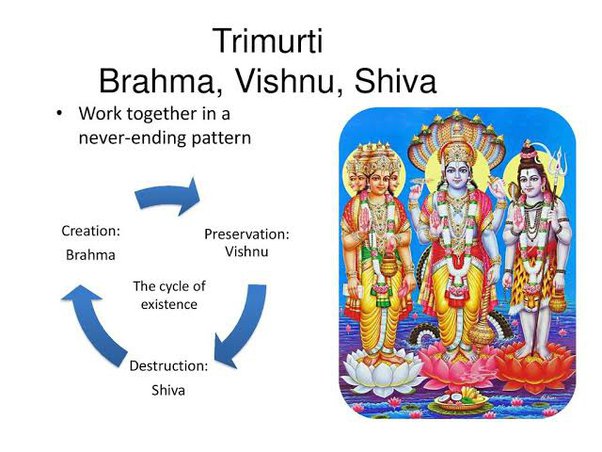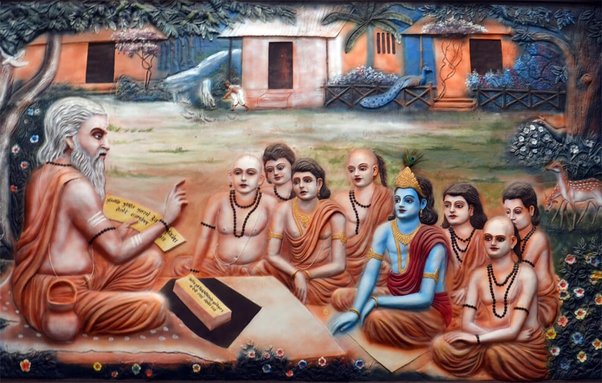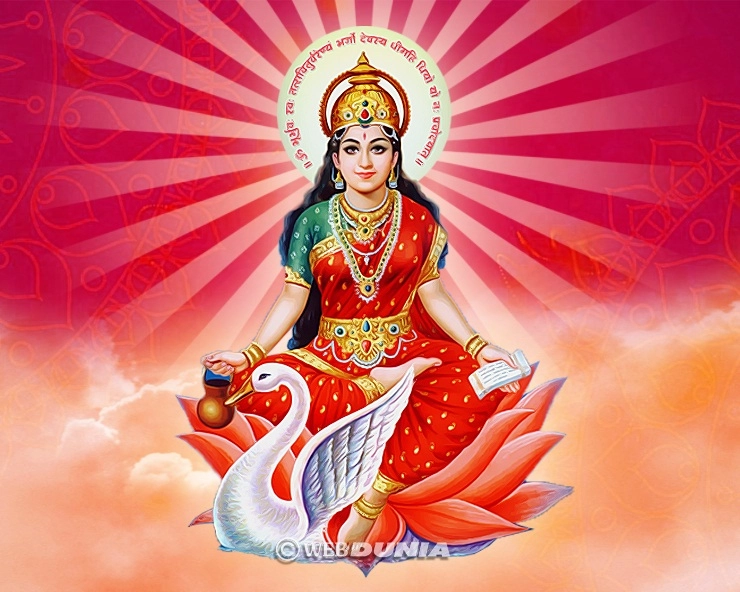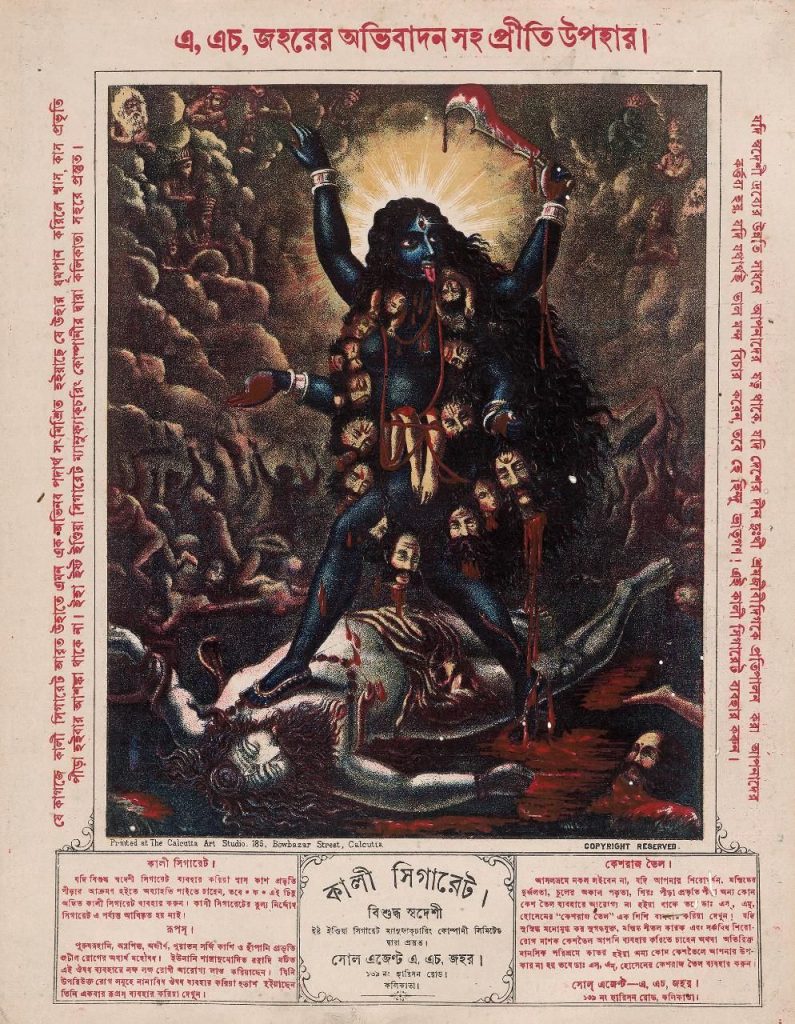In Sanatana Dharma, the Trimurti refers to the three aspects of the supreme cosmic reality, which are Brahma, Vishnu, and Shiva. These three deities are considered to be the creator, preserver, and destroyer of the universe, respectively. The Trimurti represents the cyclical nature of existence, where creation, preservation, and destruction are necessary phases of the cosmic order.
Brahma, the creator, is depicted with four faces and is responsible for the creation of the universe and all its inhabitants. Vishnu, the preserver, is often depicted with blue skin and four arms, and is responsible for maintaining the cosmic balance and order. Shiva, the destroyer, is often depicted with a third eye and is responsible for the dissolution of the universe in preparation for its rebirth.
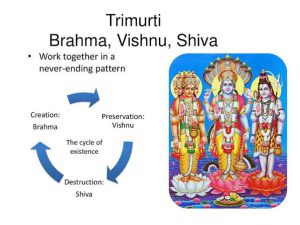
The Trimurti is not only a representation of the three aspects of the supreme cosmic reality but also a symbol of the interconnectedness and interdependence of all things. In Sanatana Dharma, it is believed that everything in the universe is a manifestation of the divine, and the Trimurti serves as a reminder of this ultimate reality. The worship of the Trimurti is a way of acknowledging and honoring the cyclical nature of existence and the divine order that governs it.

